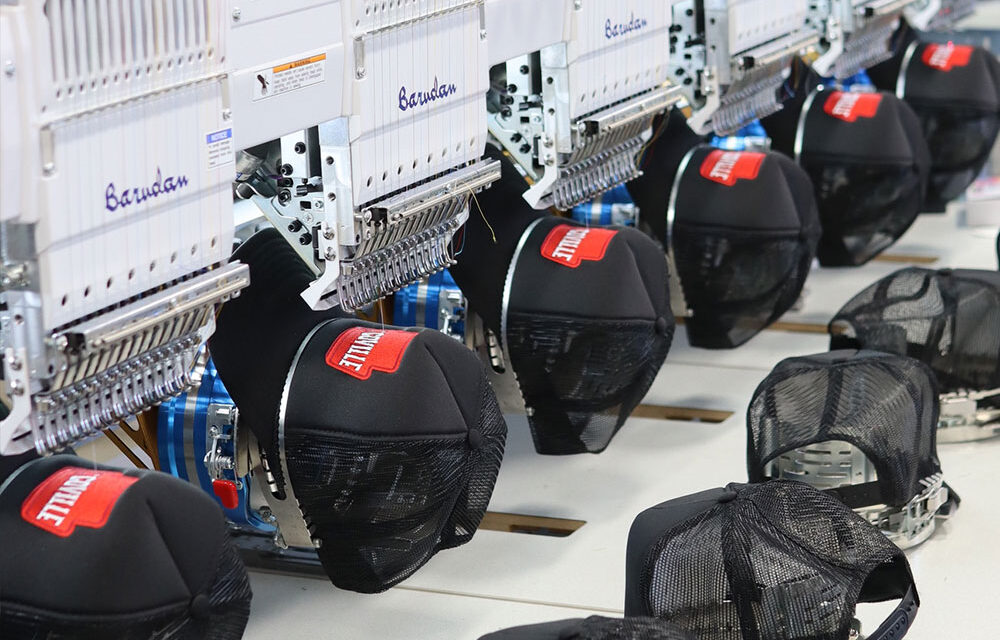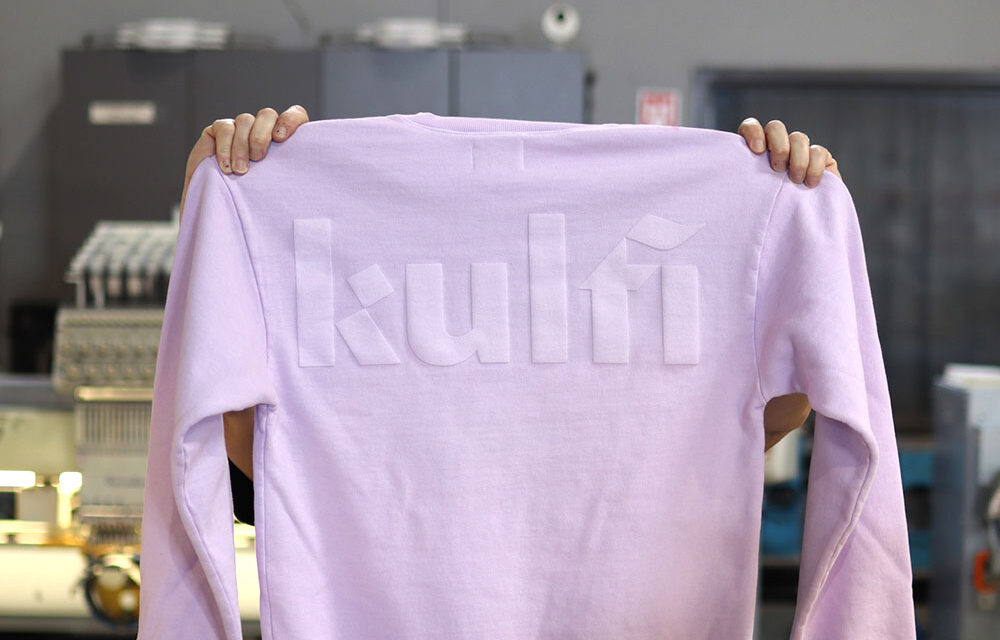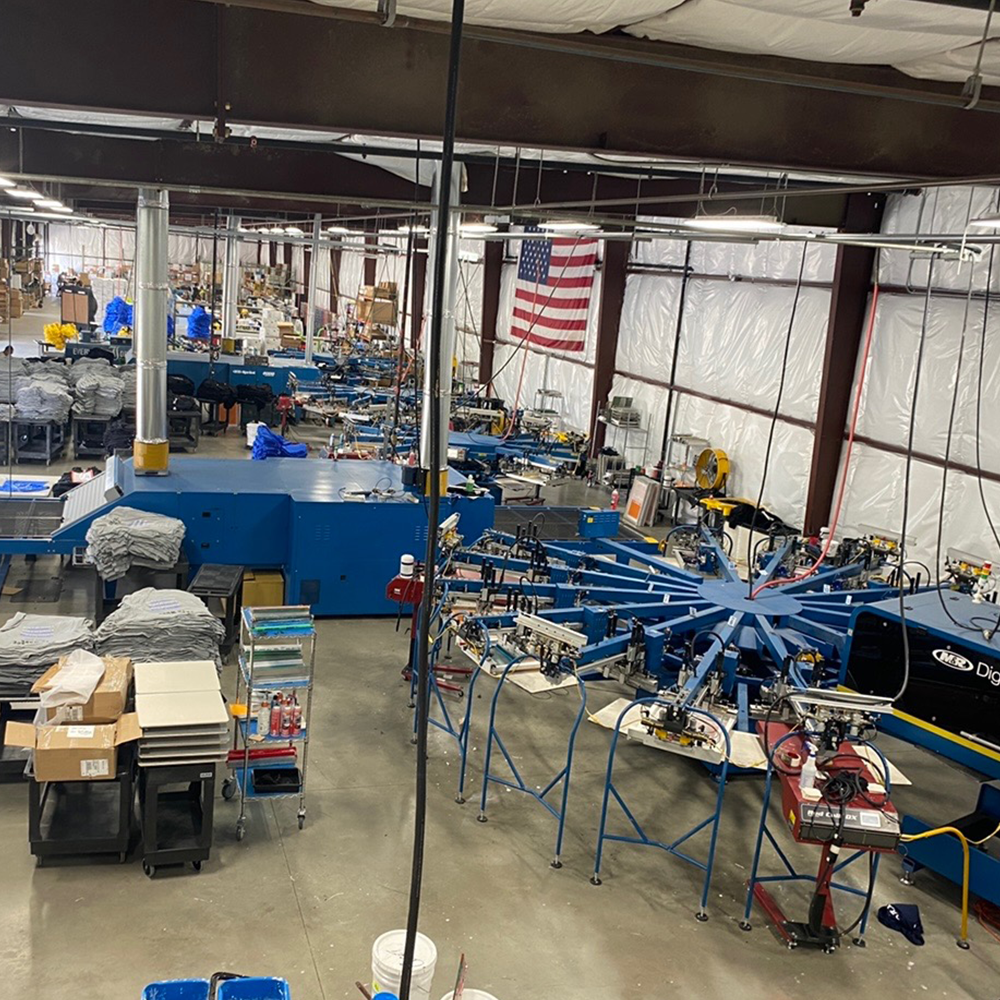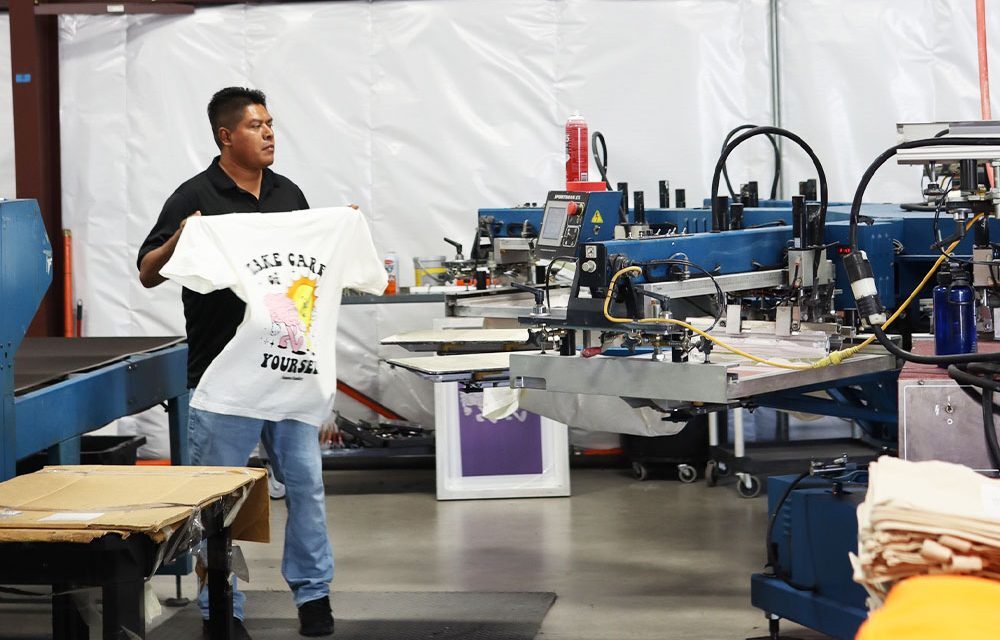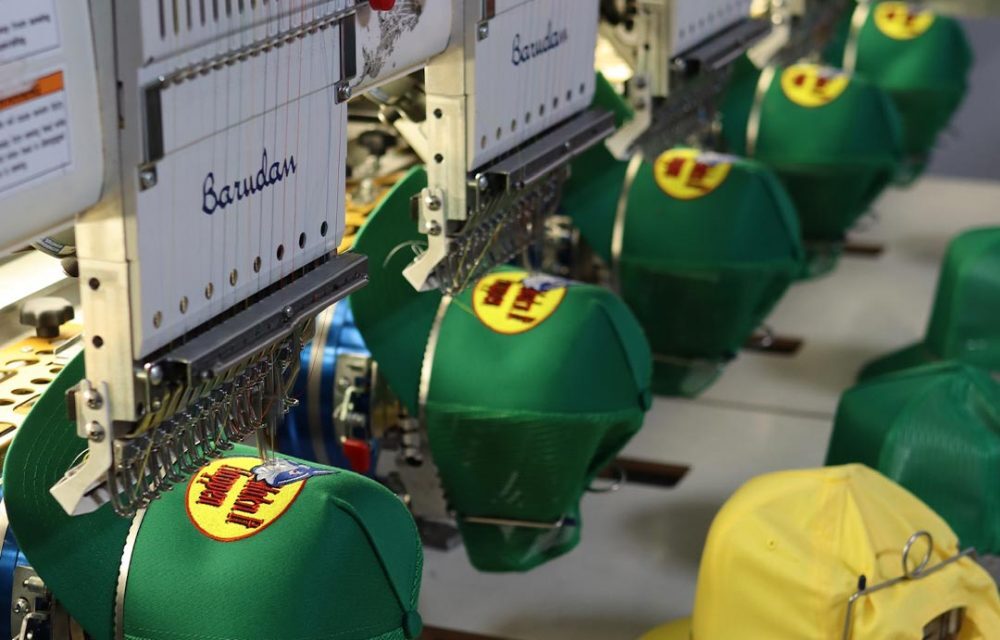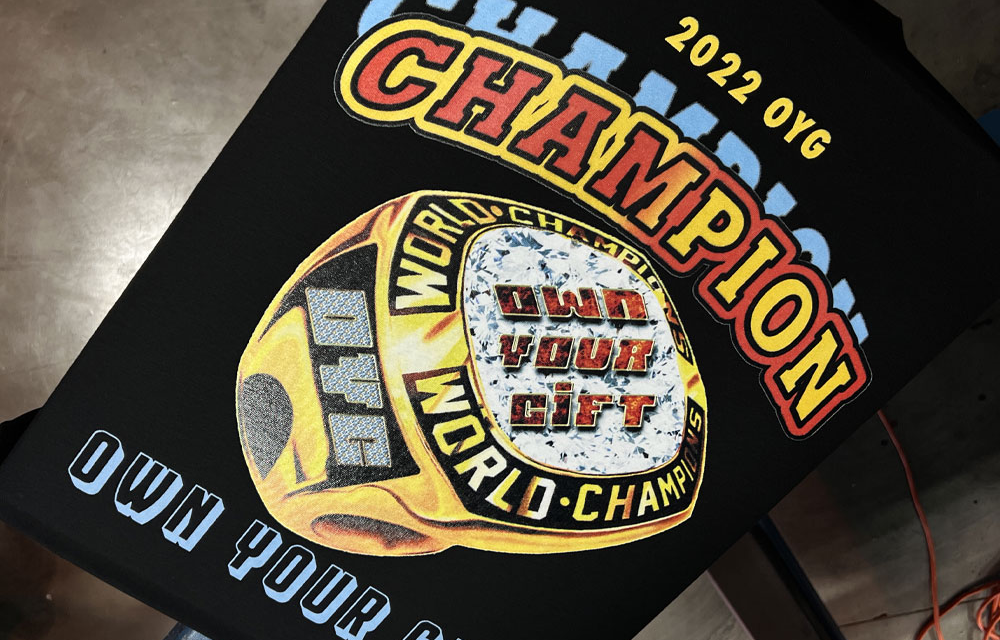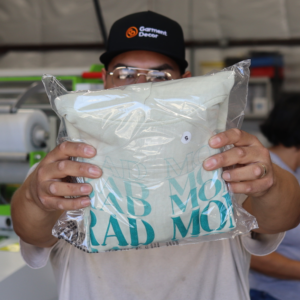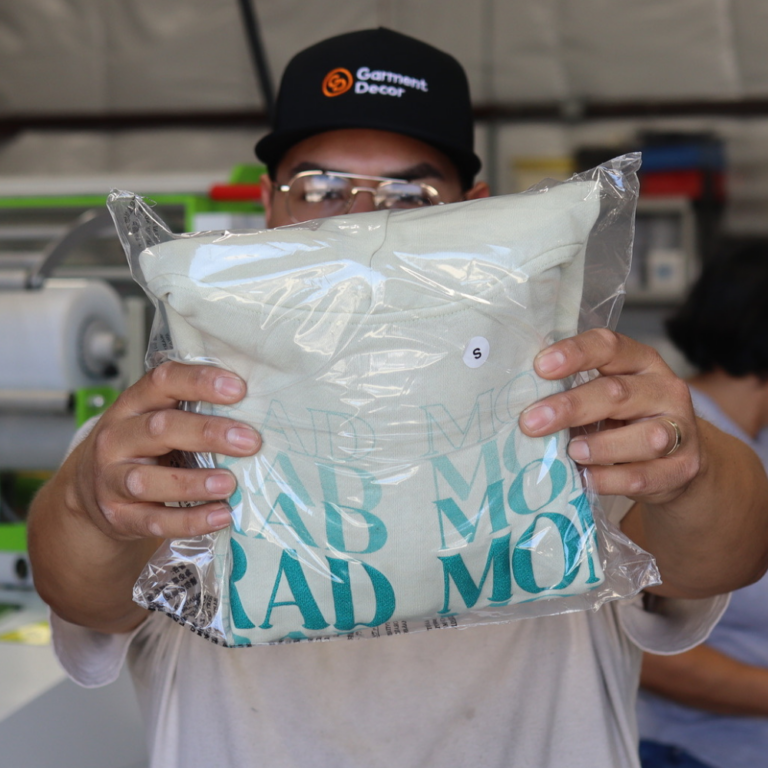Introduction
Screen printing, also known as silk screening, is a widely-used technique for transferring ink onto various materials. It’s particularly popular for creating vibrant and durable designs on textiles, posters, and other surfaces. This method has been a cornerstone of the printing industry for decades, appreciated for its versatility and ability to produce high-quality prints with rich, opaque colors.
The Screen Printing Process
Screen printing process involves several key steps. First, a stencil, also known as a screen, is created and transferred onto a mesh screen coated with a light-sensitive emulsion. The screen is then exposed to light, hardening the emulsion and leaving the design area open. This step is crucial as it determines the precision and detail of the final print.
Ink is then applied to the screen and spread using a squeegee, a tool that ensures even distribution of ink across the stencil. The ink passes through the open areas of the stencil onto the material below, creating the desired print. Finally, the printed material is dried or cured to set the ink, ensuring durability and resistance to washing and wear.
Types of Screen Printing
Following are the types of printing:
Manual Screen Printing
Manual screen printing is hand-operated and suitable for small-scale production, offering greater control over the printing process. This method is often favored by artists and small businesses for its flexibility and cost-effectiveness.
Automatic Screen Printing
Automatic screen printing uses machines, making it ideal for large-scale production. These machines can produce hundreds or even thousands of prints per hour, significantly increasing efficiency.
Techniques within Screen Printing
Spot Color Printing: Spot color printing uses solid blocks of color, ideal for simple designs with distinct areas of color.
Halftone Printing: Halftone printing creates gradients and shading using dots of varying sizes and spacing, allowing for the reproduction of detailed images and photographs.
Duotone Printing: Duotone printing combines two colors to produce a range of tones, adding depth and dimension to the print.
Applications of Screen Printing
Screen printing is used in numerous industries, including textiles for printing on t-shirts, hoodies, and other apparel. This method is also popular for creating posters and art prints, producing bold and durable prints that stand the test of time. Stickers and decals benefit from screen printing’s ability to produce vivid, long-lasting colors.
In the electronics industry, screen printing is used to print conductive inks on circuit boards and solar cells, demonstrating the technique’s precision and versatility. Decorative designs on glass and ceramics, such as mugs and bottles, also utilize screen printing, adding an artistic touch to everyday items.
Benefits of Screen Printing
Screen printing is known for its durability, as screen-printed designs are resistant to fading and wear and screen printing benefits. The method is versatile, accommodating a wide range of materials, including fabric, paper, metal, glass, and plastic. This versatility makes screen printing suitable for various applications, from clothing and accessories to industrial components.
Cost-effectiveness is another significant advantage of screen printing, especially for large orders. The initial setup involves creating screens and stencils, but these can be reused multiple times, reducing overall costs. Additionally, the ability to print multiple colors and layers adds to the method’s appeal, allowing for complex and detailed designs.
Challenges and Limitations
Despite its advantages, screen printing has some challenges. The initial setup costs can be high due to screen and stencil preparation, which involves time and precision. Blending colors and achieving fine details can be difficult, requiring skilled operators and high-quality materials.
Environmental concerns are also associated with traditional screen printing, as some inks and chemicals used in the process can be harmful. However, recent advancements in eco-friendly inks and sustainable practices are addressing these issues, making screen printing more environmentally responsible.
History of Screen Printing
The History of Screen printing dates back to ancient China during the Song Dynasty (960-1279 AD), where it was first developed as a method for transferring designs onto fabric. The technique spread to other parts of Asia, including Japan, where it was refined and used extensively for creating intricate patterns on textiles. Screen printing made its way to Europe in the 18th century but did not gain widespread popularity until the early 20th century. The introduction of photographic stencil techniques revolutionized the process, allowing for more detailed and complex designs. Screen printing became a commercial success in the 1960s, driven by the rise of pop art and artists like Andy Warhol, who popularized the medium with his iconic works. Today, screen printing remains a versatile and widely used technique in the production of custom apparel, posters, and various other printed materials.
Conclusion
Screen printing remains a vital and adaptable printing method with a rich history and a promising future. Its ability to produce durable, high-quality prints on various materials ensures its continued relevance across multiple industries. From apparel and art to electronics and home décor, screen printing’s versatility and reliability make it an indispensable tool in the world of printing.


